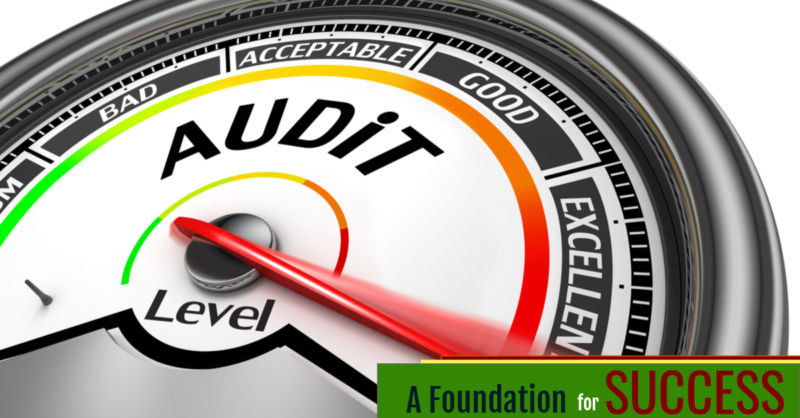It’s that time of year for many organizations that close their fiscal year’s books with the calendar year-end. This effort includes capturing the latest information regarding your physical fixed assets.
Even if reporting is focused on only those assets that exceed $5,000, that limited pool could still represent tens if not hundreds of millions of dollars in items that have to be reported.
Investment in assets is often the highest expense for businesses –just behind labor costs – NFIB 411 Small Business Facts
Conducting an asset audit is something that nearly every organization is required to do. However, the real benefit of doing a solid audit is not so much meeting that requirement but rather the strategic impact it can make to your bottom line.
The 2 biggest impacts are:
- Financial – Timely and accurate asset data can directly impact your operational costs on procurements. This enables you to spend money more efficiently on assets by delaying procurement to when something is totally consumed – and not a day before.
- Operational – While less obvious, Operation impact is less talked about but of equal value to Financial. When a needed asset resource isn’t available, you lose time and expend effort dealing with that issue. That effort directly impacts performance and potentially customer experience.
While the value for better audit results are easily understood, why is this activity such a challenge to accomplish? We have discussed this in previous posts (like here, here, and here). And we think it really comes down to four primary steps to address this challenge:
- Organize the work for the field auditor. Giving them clear directions on what work you need to have done will eliminate many wasted efforts.
- Guide the audit activity for the user. Providing them easy to follow instructions and support resources will make the task easier for the staff out conducting the inventory – and ensure proper completion.
- Provide a way to Reconcile the audit results. Having the ability to easily compare the audit results to what was expected gives your team a chance for a final review before sharing. This step also increases confidence in the results.
- Log the activities surrounding asset items, people and jobs. This last step provides a searchable, electronic history that helps to resolve any issues that may come up down the road.
These four steps, combined with a mobile solution, use of barcode and/or RFID technology & a mobile device, give you the added accuracy and timeliness of the data that enable strong strategic decisions. That is the ultimate value for improving your asset inventory activities. What could be better than lower costs with better results?
HL Group’s mobilePLUS asset inventory solution meets all of these challenges to achieve the results you would like to have. It can make the entire asset audit process simple, easy and accurate which translates into a direct bottom-line impact.
We would be happy to show exactly how we accomplish this in your organization. Contact me for a free process review and plan of action. In the meantime, download our white paper for additional information.




